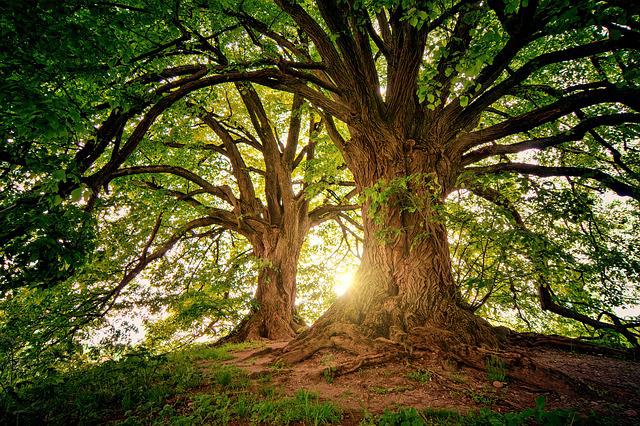Bladderworts are the largest genus of carnivorous plants with around 220 species and are widely distributed around the world. They are highly evolved, mostly semi-aquatic plants and can be found in lakes, streams and bogs.
The plants contain tiny hollow bladders that actively capture and digest their prey, such as insect larvae, aquatic worms and water fleas.

The bladders, or traps, contain a flexible door or valve that is kept closed which creates a vacuum. When their prey touches a trigger hair the trap door flies open and sucks in the unsuspecting victim, ejects the water and closes the door. This process all happens in a fraction of a second and is invisible to the naked eye. The animal is then digested with the use of enzymes. Within about 15 to 30 minutes the trap again is reset and available for its next victim.
Bladderworts lack roots and commonly have a horizontal floating stem bearing simple or divided leaves. The bladders are formed along the stem and can be dark to transparent in colour. Flowers look similar to small snapdragons with colours spanning the range of red, yellow, violet, purple, pink, and white. Mature plants produce many seeds.
The species is highly adaptable, using metamorphosis to survive harsh and changeable conditions, such as droughts, fast moving floodwater and freezing.

Growing tips
To grow at home, they will enjoy a bright windowsill. Some of the tropical species with the biggest flowers and most impressive leaves prefer it a little shadier.
Temperate varieties will sink during winter dormancy.
Aquatic Bladderworts can be propagated from cuttings, usually at least 3 nodes long. Seeds are slow and need stable conditions.
See it in action here








Leave a Reply